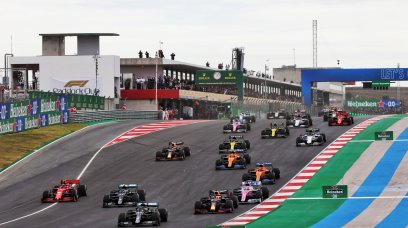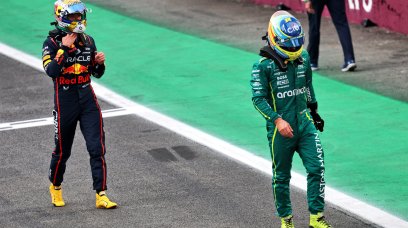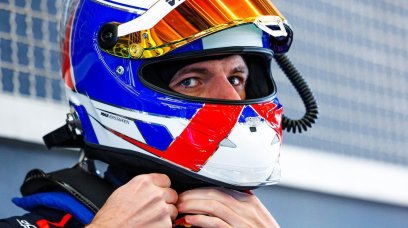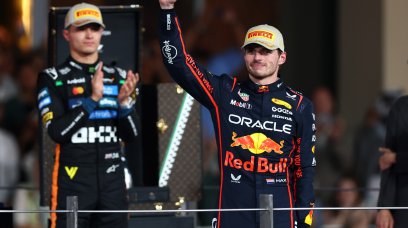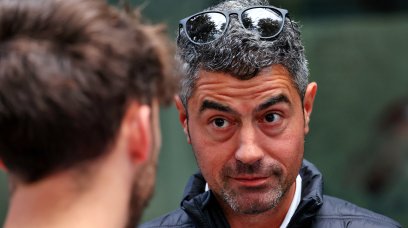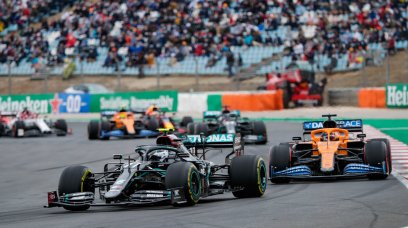While nine out of the ten of the teams will re-use their chassis from 2020, McLaren who will switch from Renault to Mercedes engines have had no such luxury during the ongoing winter break. To add to their woes there are several social distancing rules in place due to the ongoing worldwide pandemic. This has meant the team needed to create an entire structure to ensure protocols were followed with the safety of the team's employees in mind. Piers Thynne shares what working on chassis during a pandemic is like. "Whereas every other team will carry over most of its car from last year into this year, our switch to the Mercedes power unit means that’s not the case for us. It’s driven a huge amount of change and, essentially, we’ve been building a new car." In terms of enabling the employees into the factory, McLaren have had to create an entire system to ensure the safety of everyone. "We’ve sectioned the building into zones and the people in each zone are encouraged, wherever possible, to not go into another zone," Thynne said. "For example, someone in machining shouldn’t go into composites and vice versa. When parts need to go from one zone to another, they are placed in designated holding areas from where they can be collected – we never have a human-to-human transaction. "Staying covid-safe is a huge challenge but everyone in the team has embraced the protocols and knows that they’re there to keep us all healthy. "This has led to using video calls and photographs to allow team members working remotely to understand problems, so they can help find the right solutions. "Working together in a virtual environment has brought its own challenges. It’s not quite the same as being in the same room as someone and that’s why it’s so important to encourage engagement and participation from everyone in every virtual meeting. "And that means turning cameras on. Who cares if you’re still in your pyjamas or whether you’ve done your hair? I’m not worried about that. It doesn’t matter." McLaren also had to face an unusual situation with respect to homologating their 2021 chassis. "Because of covid-19 restrictions, the FIA couldn’t physically be there to witness the crash test," says Thynne with regard to the FIA homologation that was conducted," Thynne explained. "Instead, we had to set up cameras and live links, so they could see all the instrumentation and closely follow every step of the process." Thynne also discussed the team's approach to the challenges that present themselves through this process. "If you’re not encountering any problems, then you’re probably not being aggressive enough. If everything is easy and straightforward it tends to mean you’re giving performance away because you’re not pushing the boundaries."
Most read
